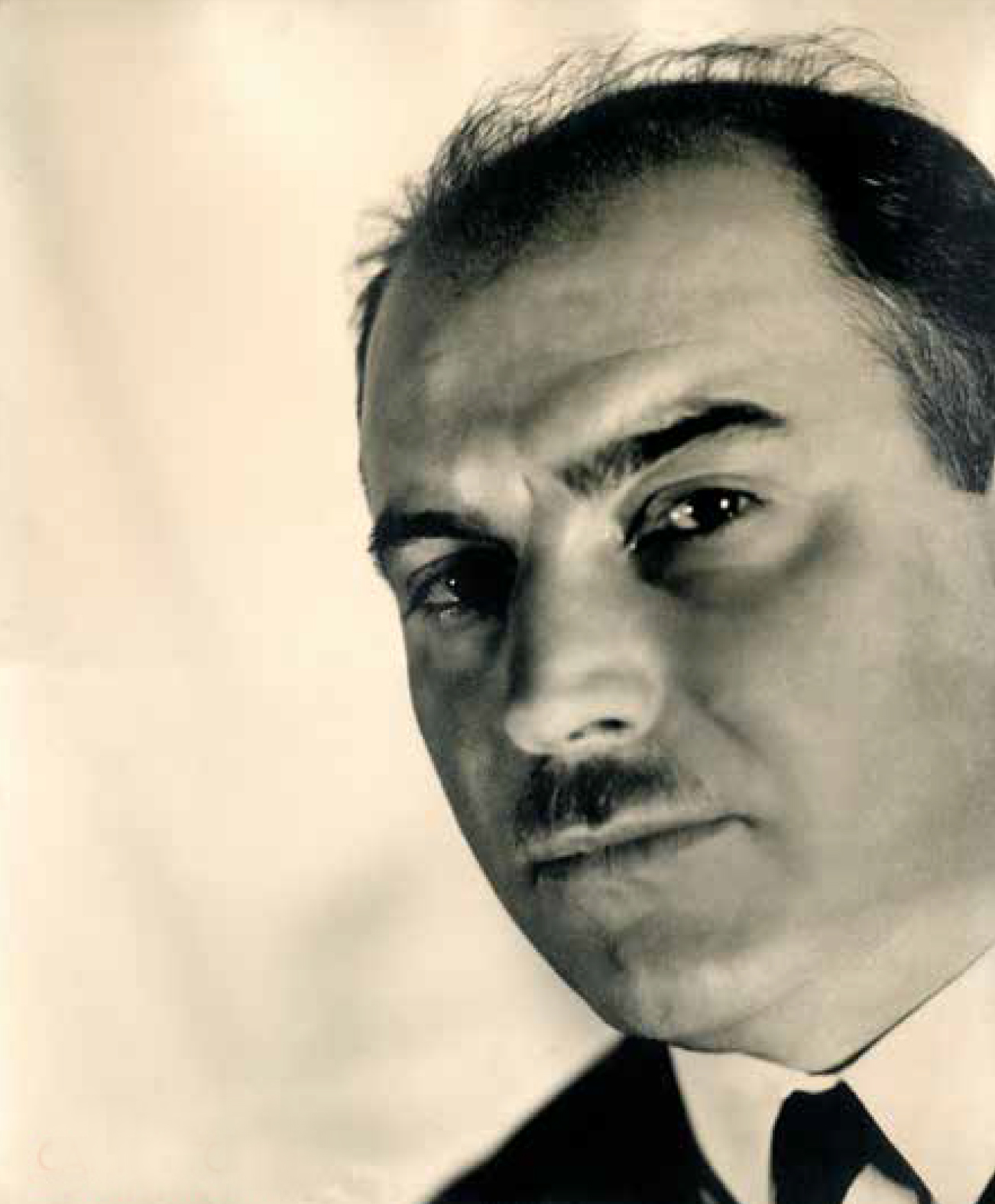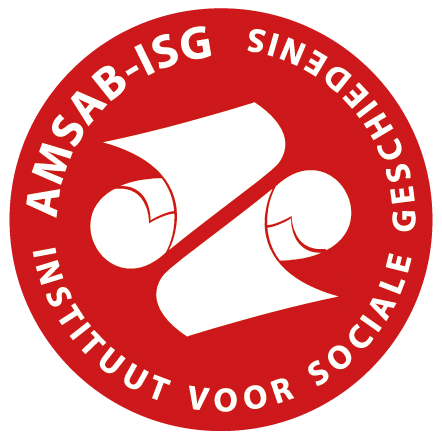En 1929-1930, les Stone réalisent, sur commande du Parlement belge, de très nombreux portraits des politiciens du pays. À leur arrivée en Belgique quelques années plus tard, ils poursuivent cette voie du portrait politique et photographient notamment les membres du Parti ouvrier belge. Ces images combinent souvent des caractéristiques identiques : un cadrage sur le visage et le haut du buste laissant apparaitre une seule épaule, une légère contre-plongée, un regard rarement tourné vers l’objectif et un fond neutre. Certaines photographies font néanmoins exception, notamment le portrait d’August Balthazar, membre du Parti ouvrier belge, qui propose un cadrage vraiment surprenant avec un plan très rapproché sur le visage.
Le format de cette dernière photographie est celui d’autres images réalisées par les Stone. Sa taille imposante, le contrecollage sur un papier cartonné épais et la signature rouge tendent à supposer une volonté d’exposition du tirage. Sur une vue d’exposition de photographies de « Sasha Stone » datant de 1932, une double rangée de grands formats au montage identique est d’ailleurs visible. Dans cet accrochage, le haut du mur est occupé de portraits de dirigeants socialistes et le bas par des vues d’architectures modernes. La photographie se met ici au service du discours socialiste vanté également dans les affiches d’époque.
Sur plusieurs portraits réalisés par les Stone, de petites retouches au crayon et pinceau peuvent être observées. Il s’agit souvent de corriger un défaut dans le visage, la courbure d’un menton, d’affiner un profil ou d’appuyer le regard. Ces modifications manuelles sur le tirage accentuent également les ombres et lumières, sculptant ainsi les visages. Les tirages originaux présents aux cimaises de l’exposition furent, à l’époque, reproduits au sein de publications imprimées. Les retouches disparaissent alors au profit du résultat final espéré.
Galerie





